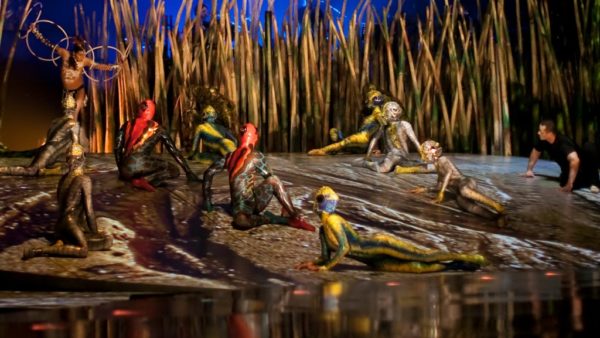 Wherever your travels take you this holiday season, a Cirque du Soleil show may be playing nearby. You can catch “Varekai” in Brazil, “Iris” in Los Angeles, “Alegria” in Germany and “Zaia” in China. For a special-occasion evening, Cirque productions transcend the ordinary. Recently in San Francisco, I saw “Totem”, a surreal depiction of human evolution.
Wherever your travels take you this holiday season, a Cirque du Soleil show may be playing nearby. You can catch “Varekai” in Brazil, “Iris” in Los Angeles, “Alegria” in Germany and “Zaia” in China. For a special-occasion evening, Cirque productions transcend the ordinary. Recently in San Francisco, I saw “Totem”, a surreal depiction of human evolution.
The show opens at the dawn of creation. A crystal creature descends to the stage to spark life on earth. The crystal man’s light touches a giant turtle, the totem creature signifying creation in many cultures. Its shell rises, revealing a skeletal structure underneath populated by performers in body suits marked with fish scales and frog skin. They begin twirling, leaping, somersaulting and swinging.
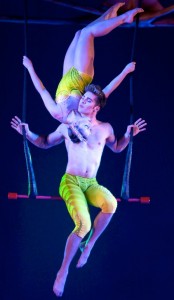
The shaping of the earth must also happen. Two crystal-clad women emerge from the fiery bowels of the earth (projected images of a volcanic cataclysm) to evoke the shaping of continents and the mystery of minerals. Wearing Lycra body stockings adorned with 3,500 crystals, they spin squares of glittering material at high speed on their hands and feet.
In one fast-moving scene after another, physically gifted performers execute feats with grace, balance and sublime athleticism. Foot jugglers, unicyclists, pole vaulters, aerialists, trapeze artists—certainly the most physically evolved of our species—take their turn on stage in this acrobatic odyssey.
A troupe of young women from China pedal on stage on 7-foot high unicycles. They cycle with one foot and toss plates with the other foot. While balancing on a single wheel! Ten powerfully built men execute a flawless acrobatic routine atop a 33-foot perch held by a man on the ground.
Two trapeze artists, a young man and woman meet mid-air on a fixed trapeze swing as if on a first date. They knot their bodies, then pivot away, testing gravity, then entwine again, in a ballet of innocent seduction.
Two surfers cavort on stage (now a beach) to impress a bikini-clad woman, kissing their biceps and getting a laugh from the audience. The trio takes to the air. Holding onto rings, they circle over the audience, propelled by those magnificent muscles. You can see biceps bulging, even on their petit female partner.
The tribal hoop dancers possess mind-boggling speed, manipulating plastic hoops into symbols and structures, the circle becoming a symbol of infinite permutations. Their bodies are covered painted symbols, Hopi crosses and leather loincloths. They spiral the stage, pounding out a drumbeat with their feet.
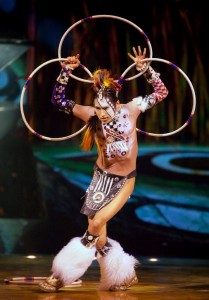
Throughout the show, the deeper meaning is apparent. In every age and culture, humans have propelled themselves onward and upward. It’s easy to imagine the pulse of life in the music—a mosaic of African, Native American, Indian rhythms.
A few hours later, the crystal man closes the show by diving into a lagoon. Writer and director Robert Lepage says the circus captivates audiences because the performers must always go beyond. “We witness the transfiguration of the human being. In the short time they are in the air, or performing acrobatic feats, circus artists become more than men and women—they are demigods, and we are transported into a world of mythology.”
—by Donna Peck

Valentino, the clown, who plays an Italian gigolo with gyrating hips, passed his card to my sister. Other people didn’t fare so well; the cavemen were out in the audience stealing popcorn cartons. After the show, my sister and I tried on masks.
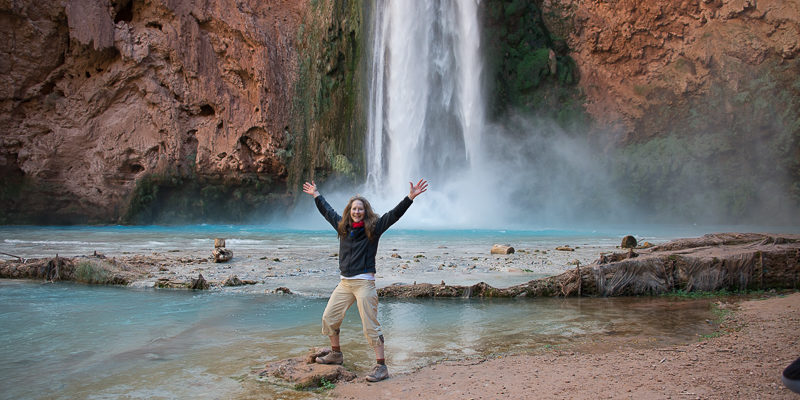
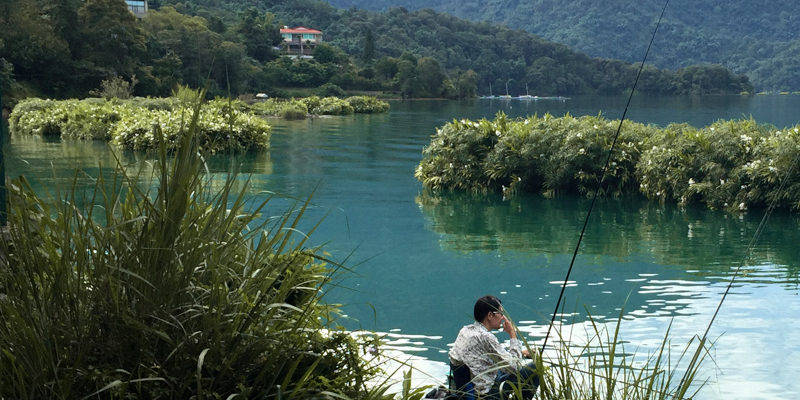
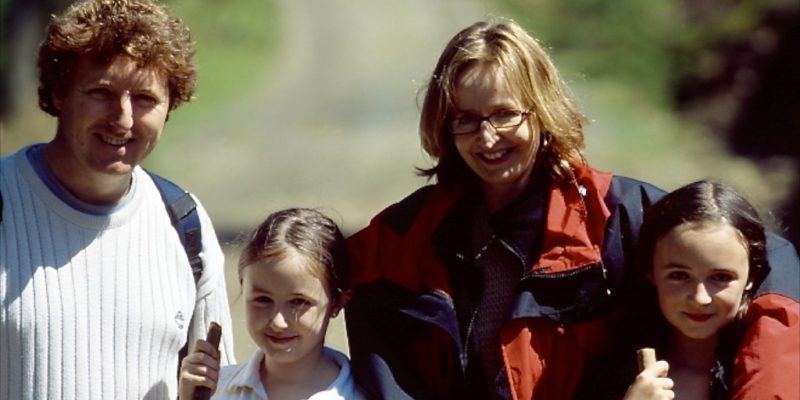

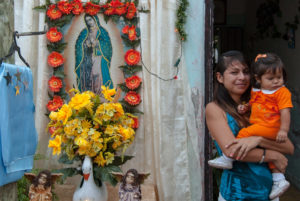

Leave a Reply